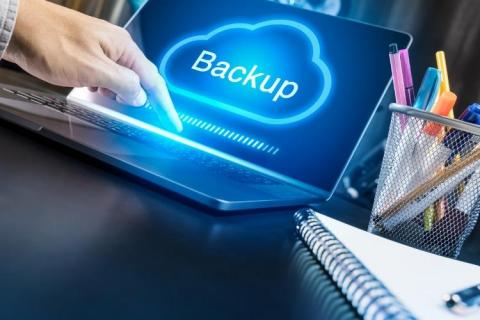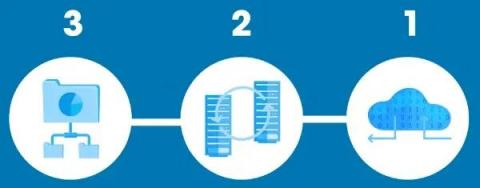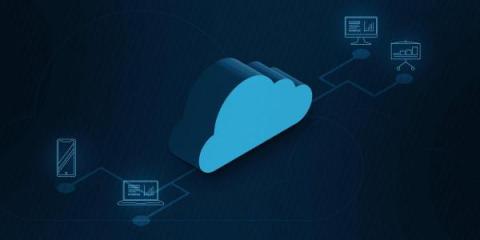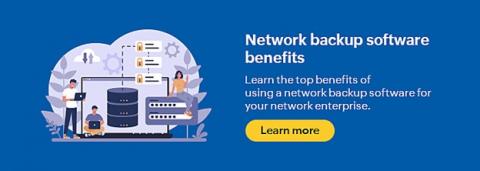Operations | Monitoring | ITSM | DevOps | Cloud
Backup
World Backup Day: Why having a plan B is important for every organization
In today’s data-driven economy, data is the lifeblood of any business. A catastrophic data loss event can cause irreversible damage to an organization’s reputation, financial stability, and business continuity. This #WorldBackupDay, we’re reminding organizations worldwide of the importance of backing up their data and having a robust recovery plan in place through our campaign #AlwaysHaveAPlanB. In terms of data recovery, having a plan B means simply having a backup plan.
Why Data Backup is Critical for Every Business
Everything You Need To Know about Chain-Free Backup
Data loss is catastrophic for any business. TrueList’s data loss statistics point out that “almost 70% of small businesses close within a year of a large data loss.” One of the most effective ways to prevent loss is to backup data. There are multiple data backup solutions available, and one of the newest options is known as chain-free backup.
A Guide to Backup Retention Policy Best Practices
When thinking about your strategy around backups, recovery, availability, and business continuity, one part of the plan tends to fall by the wayside: backup retention. We focus so much on things like recovery objectives, SLAs, and tiers of data, that our thinking revolves around the need to potentially recover the backup that we just made a matter of minutes afterward. But there are data sets that need to be available weeks, months—even years—after they are made.
Understanding the 3-2-1 Backup Rule
While data disasters are inevitable, having a planned backup strategy can mitigate its damaging effects. According to the Cybersecurity and Infrastructure Security Agency, businesses and organizations should observe the 3-2-1 backup strategy for assured data safety. Superficially, the 3-2-1 backup rule is a backup strategy that increases and diversifies the number of backups used.
Defeat hidden costs of backup
When we moved our backup, everything changed
The Differences Between Cloud Backup vs. Cloud Sync & Storage
Today, businesses rely on the cloud to help with many tasks, from data backup to team collaboration. In fact, Zippia’s 2022 cloud adoption statistics reveal that 94% of enterprises use cloud services, and 48% of businesses choose to store their most important data in the cloud.” Discover the differences between cloud backup vs. cloud sync and storage in this post.











